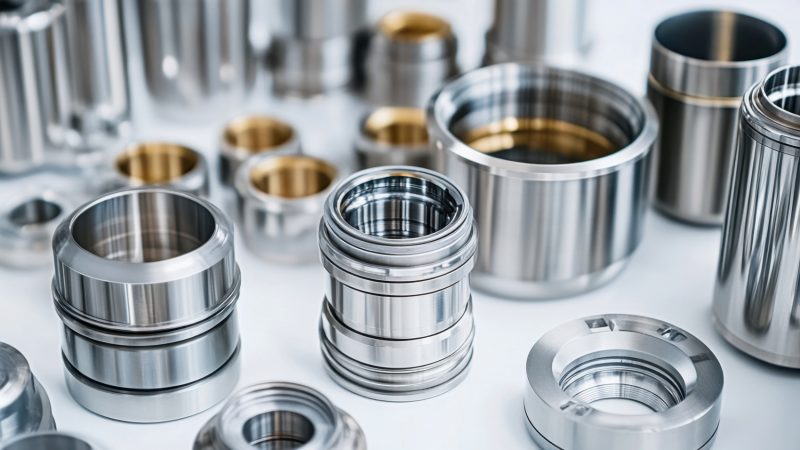A 5-Point Checklist To Follow When Installing A Drum Lid On An IBC Tank
According to the U.S. Department of Transportation (DOT), the party responsible for the shipment of the regulated products stored in intermediate bulk containers (IBCs) has the responsibility of ensuring that the storage containers have been properly closed. Further, the DOT states that the manufacturer of the IBC packaging materials has a responsibility of notifying the individual they transfer the packaging materials to if there any unfulfilled requirements at the time the transfer of the materials is done. Additionally, according to DOT regulations (Ref – [49 CFR 178.2 (c)]), whenever packing materials are transferred to another party, the receiver should be provided with instructions on how to properly close the IBCs they will be handling.
It is also worth noting that the party responsible for filling and/or shipping the IBC tank must follow the closing instructions that they receive. This includes making sure that the correct torque is applied to all IBC tank closure points.
Note that each type of IBC tank material (can either be stainless steel or poly totes) and each type of closure usually requires a different type of torque so as to close properly. On receiving IBC tank closing instructions, you should keep them on file and use them a reference point so as to apply the right torque values when closing the tank.
The list below provides a brief and useful checklist of the procedures that you should follow when installing the cover on a stainless steel IBC tank from Verde Trader that contains hazardous materials for shipping.
- Ensure that you tighten the lid on all openings securely so as to prevent the leakage of hazardous materials and vapors from the IBC
- Each UN31A labeled IBC tank usually has an emergency vent in the drum cover that is designed for the top opening. Before each shipment is put on transit, this vent must be carefully inspected and replaced if it found to be damaged or faulty
- The IBC tank’s drum lid and gasket should be carefully inspected for any damages and replaced if necessary
- The drum lid is usually installed on the top opening of the tank with a clamp ring to hold it in place. After covering the top opening, it may be necessary to tap the clamp ring into place using a mallet that cannot produce any sparks on contact. Note that the clamp ring only tightens on the side where the bolt and nut are found
- After tightening the bolt clamping the ring to a torque of 30ft.-lbs., ensure that you tighten the lock nut firmly into place





